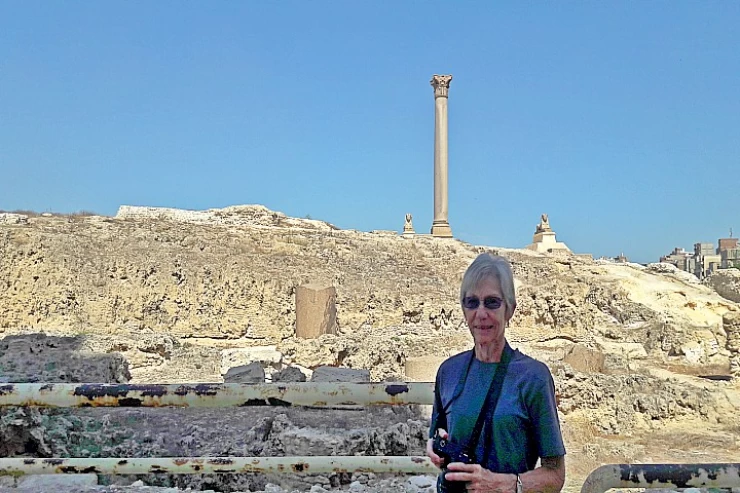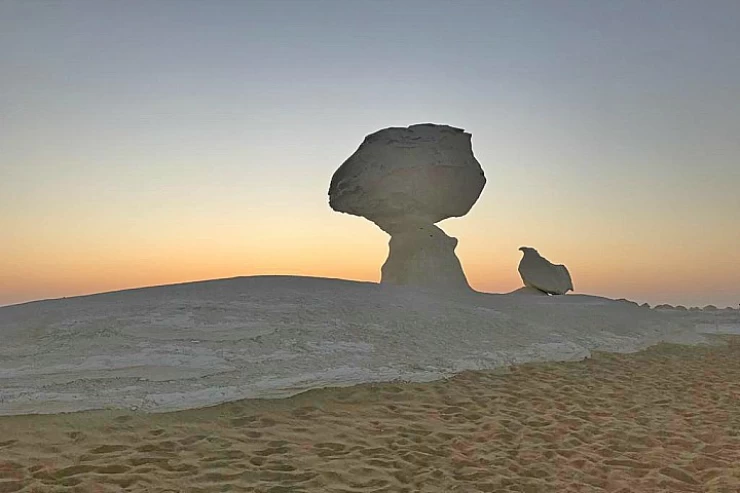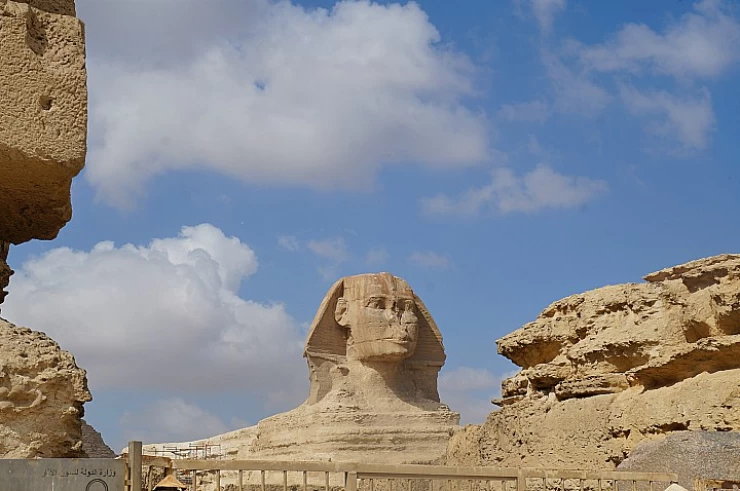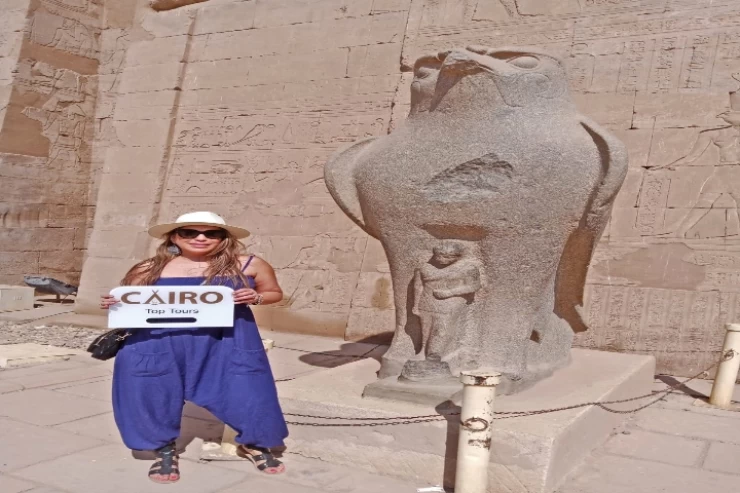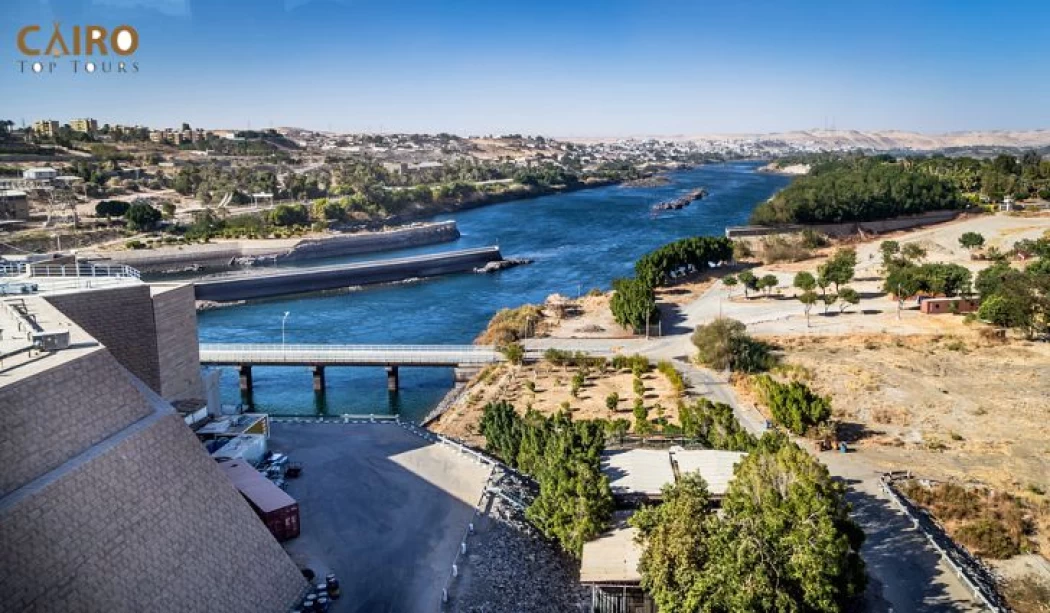
The High Dam
The High Dam
The Aswan High Dam was initiated under the leadership of General Muhammad Naguib, who headed the Egyptian Revolutionary Council. The decision to build the dam on the Nile River was made after the 1952 revolution by the Free Officers. The project was conceived by the Greek-Egyptian engineer Adrian Daninos. Construction of the Aswan High Dam received a significant push in 1956, even though the groundwork for the project had begun in 1952 during Gamal Abdel Nasser's administration.
The construction of the Aswan High Dam, one of the largest embankment dams in the world, began in 1960 and was completed in 1971. It created the massive Lake Nasser, which holds over 157 cubic kilometers of water and was named after former Egyptian President Nasser. Since its filling in 1979, the dam has become a popular tourist attraction for visitors on Aswan day tours. The project was initially planned by German companies and executed by Russian companies.
The Aswan High Dam produces an average amount of electricity sufficient to satisfy over fifty percent of the nation's requirements, while also facilitating the distribution of electricity at minimal costs, even in the most isolated areas. Currently, it stands as the most powerful hydroelectric facility in Africa; however, this status may change in the coming years due to the ongoing construction of the "Grand Ethiopian Renaissance Dam" on the Blue Nile in Ethiopia. The significance of the Aswan High Dam for tourism in Egypt is equally noteworthy as its economic impact.
After visiting the High Dam, what attractions can one explore in Aswan? The construction of the High Dam led to the creation of Lake Nasser, an expansive artificial lake measuring 500 kilometers in length and 16 kilometers in width, encompassing a total area of 6,000 square kilometers. This makes it the largest artificial lake ever constructed by humans. The inundation of land resulted in the relocation of over 90,000 Nubian residents and the submersion of 24 significant monuments. Among these, the Abu Simbel temples, built by the renowned King Ramses II of the 19th dynasty for himself and his wife, Queen Nefertari, stand out, along with the Philae Temple, which is dedicated to the worship of the Goddess Isis and has been relocated to the Island of Agilika.
In addition to the dam itself, the Kalabsha Temple serves as another significant tourist destination, situated on the western shore of Lake Nasser. This temple was relocated to its current position prior to the inundation of the lake basin. Originating from the Ptolemaic period, it was dedicated to the veneration of Mandulis, a deity from ancient Nubia. The High Dam is under stringent security measures, as its failure would result in catastrophic flooding, potentially sweeping much of Egypt into the Mediterranean Sea.
The High Dam acts as a beacon, illuminating the various landmarks of Egypt that can be explored during Aswan day tours. A highly skilled guide from Cairo Top Tours will be present to assist you throughout your journey. The Aswan High Dam, with its capacity to regulate river flow, retain water, and produce hydroelectric energy, has significantly enhanced Egypt's development and has created new avenues for industrial and agricultural advancement.







